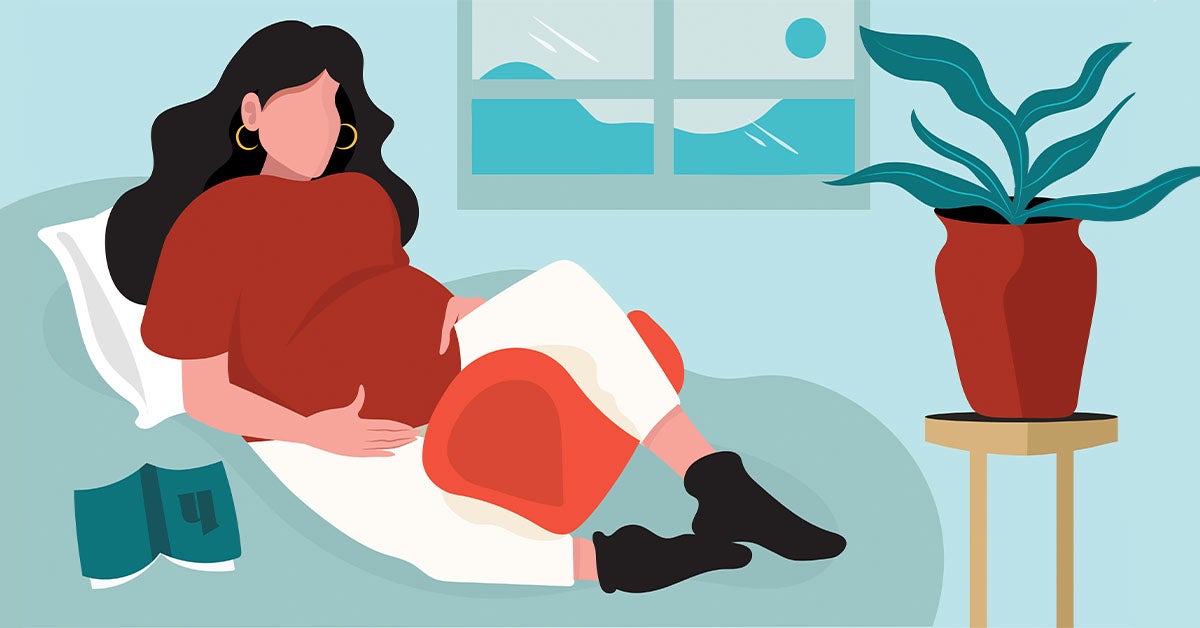How to Stop a Bleeding Finger: Step-by-Step Instructions

A bleeding cut (or laceration) can be a painful and even frightening injury if the cut is especially deep or long.
Minor cuts can usually be treated easily without a medical evaluation. However, if not treated properly, the risk of excessive bleeding, infection, or other complications can turn a simple cut into a much more serious medical problem.
By following these step-by-step instructions, you should be able to clean the wound, stop the bleeding, and start the healing process.
Just be sure to take note of when a cut requires an examination by a healthcare provider. A cut that won't stop bleeding, for example, may need stitches.
The keys to treating a bleeding finger are stopping the flow of blood, if possible, and determining whether it needs medical attention.
If you have a cut finger or are examining someone else's injury, do the following:
- Wash your hands with soap and water.
- Clean the wound with warm water and soap or another mild cleanser to get any dirt away from the cut.
- Carefully use tweezers cleaned with rubbing alcohol to remove pieces of glass, gravel, or other debris from the wound.
- Apply firm, but gentle pressure to the wound with a clean cloth or gauze pad.
- Add another layer if blood soaks through the cloth or pad.
- Raise the finger above the heart, allowing the hand or arm to rest on something if needed.
- Once the bleeding has stopped, which should take a few minutes at most for a minor cut, take the covering away to let it start healing.
- Apply a little petroleum jelly (Vaseline) to help reduce scarring and speed up healing.
- Leave the cut uncovered if it's not likely to get dirty or rub against clothes or other surfaces.
- Cover the cut with an adhesive strip, such as a Band-Aid, if the cut is on a part of your finger that may get dirty or touch other surfaces.
You may need a tetanus shot if you haven't had one in several years. Adults are advised to have a tetanus booster every 10 years. Check with your primary care physician if you're not sure.
Tetanus is a serious bacterial infection that's typically caused by a cut from something rusty or dirty.
Some bleeding cuts require medical care that you can't provide at home. If you're unsure if your injury needs a doctor's evaluation, look for the following:
- a cut with jagged edges
- a deep wound — if you see muscle or bone, get to an emergency room
- a finger or hand joint that doesn't work properly
- dirt or debris that you can't remove from the wound
- blood spurting from the wound or blood that continues to soak through the dressing
- numbness or tingling near the wound or farther down the hand or arm
A deep, long, or jagged cut may need stitches to close the wound. A cut finger may require only a few stitches.
For this procedure, a healthcare provider will first clean the wound with a topical antibiotic. They'll then close the wound with stitches that may dissolve on their own or require removal after the cut has healed.
If the injury has caused serious skin damage, you may need a skin graft. This process involves the removal of a small section of healthy skin elsewhere on the body to be placed over the wound to help it heal.
You should also see a doctor if the cut is caused by the bite of a human or animal. This kind of injury carries a higher rate of infections.
If the finger appears to have become infected, a prompt medical evaluation is essential. Signs of infection include:
- redness that spreads around the cut or forms red streaks heading away from the cut
- swelling around the cut
- pain or tenderness around the cut that doesn't subside within a day or so
- pus oozing from the cut
- fever
- swollen lymph nodes in the neck, armpits, or groin
Also, if the cut doesn't seem to be healing, this may indicate that there's an infection, or the wound requires stitches. Pay close attention to how the cut looks each day. See a doctor if it doesn't appear to be healing.
A minor cut should heal in under a week. A deeper or larger cut, especially one where damage to tendons or muscles occurred, may take a couple of months to heal.
In most cases, the healing process should start within 24 hours. The wound may look puckered and feel a little itchy as it's healing, but that's normal.
Depending on the size of the cut, you may always have a scar, but for many minor cuts, after several weeks or months, you may not even be able to locate the site of the wound.
To help ensure a healthy healing process, change the dressing daily or more frequently if it becomes wet, dirty, or bloody.
Try to keep it from getting wet during the first day or so. But if it does get wet, just make sure it's clean and put on a dry, clean dressing.
Keep the wound uncovered, but as clean as possible, once it has closed.
If you ever cut off the tip of your finger, you should get emergency medical treatment immediately. Before you get to an emergency room or before paramedics arrive, there are some important steps you should take:
- Get help from someone nearby: Have them call 911 or get you to an emergency room.
- Try to stay calm by breathing slowly — inhale through your nose and exhale through your mouth.
- Rinse your finger lightly with water or a sterile saline solution.
- Apply gentle pressure with a clean cloth or gauze.
- Raise your finger above your heart.
- Recover the severed tip of your finger, if possible, and rinse it off.
- Place the severed portion in a clean bag, or wrap it in something clean.
- Keep the severed tip cold, but don't place it directly on ice, and bring it to the emergency room.
Whether it's from a kitchen knife, the edge of envelope, or a piece of broken glass, a bleeding cut on your finger requires immediate attention to help reduce the odds of infection and help it start healing as soon as possible.
Cleaning the cut, covering it with a clean dressing, and elevating it to help stop the bleeding and swelling, will boost your chances of keeping a simple cut from causing further medical complications.
-
 6 interesting genetic traits that children will inherit from their parents
6 interesting genetic traits that children will inherit from their parents
-
 7 effects of asparagus on child development
7 effects of asparagus on child development
-
 Does cutting blood hair for babies bring good luck?
Does cutting blood hair for babies bring good luck?
-
 The more babies eat, the higher the height they develop, especially the second kind
The more babies eat, the higher the height they develop, especially the second kind
-
 Children with chicken pox should eat to quickly recover from the disease, without leaving a deep scar?
Children with chicken pox should eat to quickly recover from the disease, without leaving a deep scar?
-
 The more food is cooked, the better it can be for health, especially the second type
The more food is cooked, the better it can be for health, especially the second type
-
 Peanut Ball for Labor: Is It Effective? Plus, Exercises to Try
Peanut Ball for Labor: Is It Effective? Plus, Exercises to Try
-
 7 Uses and Benefits of Thyme Oil
7 Uses and Benefits of Thyme Oil
-
 Unicornuate Uterus: Effect on Pregnancy, Miscarriage, and More
Unicornuate Uterus: Effect on Pregnancy, Miscarriage, and More
-
 Natural Makeup: What It Means, Benefits, Pros, and Cons
Natural Makeup: What It Means, Benefits, Pros, and Cons
-
 Wine Allergens: What to Know About Wine Allergies and Intolerances
Wine Allergens: What to Know About Wine Allergies and Intolerances
-
 5 Energizing Meals to Eat When That First Labor Contraction Hits
5 Energizing Meals to Eat When That First Labor Contraction Hits































